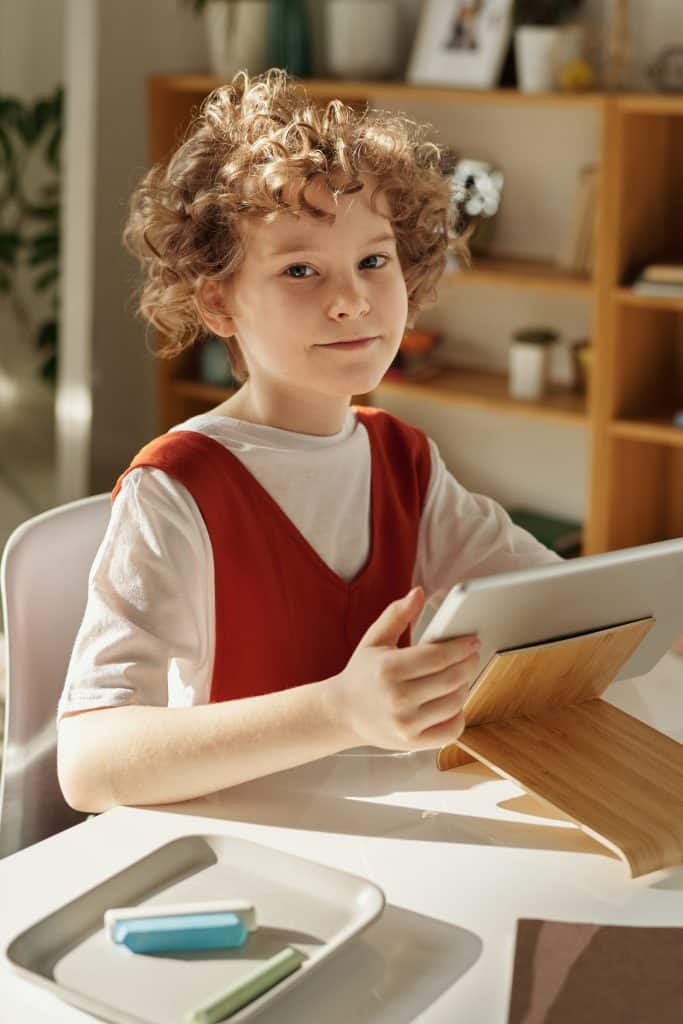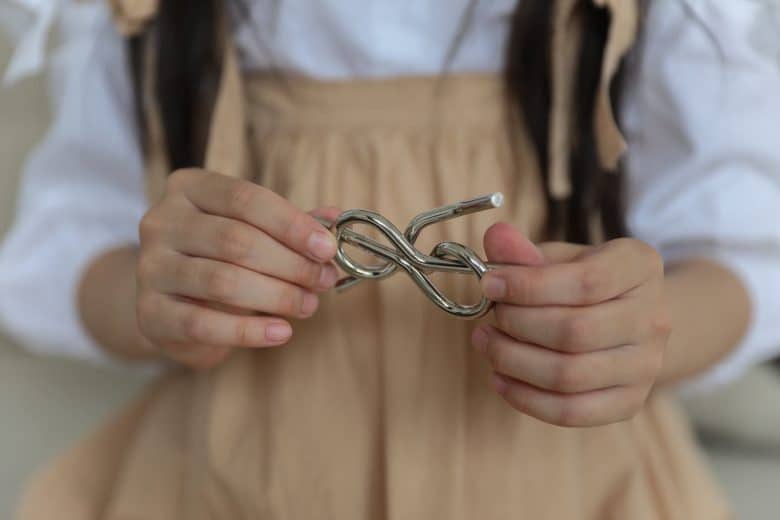Brain injuries can be devastating for children and their families and can induce feelings of worry and stress. In this article, we’re going to show that help is at hand in the form of assistive technology which can help children to live as normal a life as possible…
A brain injury at any age can be traumatic for the victim and for their families but, this can be particularly distressing when a child suffers such an injury. Depending on the severity of the injury, a brain injury in a child can often mean that they will be dependent on their parents or another career for the most part of their lives.
Because of this, UK solicitors deal with a significant number of child brain injury compensation claims every year, with successful cases receiving payouts of around one and a half million pounds.
While a brain injury in a child will always present considerable challenges, recent technological advancements have meant life is becoming a lot easier for kids with brain injuries. Below were going to take a look at some of the ways assistive technology is helping transform care for kids with brain injuries…
How Is Technology Helping Children with Brain Injuries?
One of the most affected areas after a brain injury is speech. After a devastating injury, a child will often be left either not being able to speak or with extreme difficulties. Being unable to communicate is incredibly frustrating for anybody, but particularly children when they are unable to tell their parents or carer if they are in pain or need a drink or food.

Augmentative and Alternative Communication (AAC) are devices, tools and strategies which can help children to communicate when they are unable to speak. These tools can include:
Speech Generating Devices
These are programs which can be accessed on a phone, tablet or laptop and will often function by turning text into speech. For instance, a child can type what they want to say onto their phone which will then ‘read aloud’ what they have written.
The most famous user of speech generating devices was Professor Stephen Hawking who suffered from Amyotrophic Lateral Sclerosis (ALS). When the condition left Professor Hawking unable to speak, he devised a text to voice tool to help him to communicate. Funding for these kinds of devices is often available to parents of children with brain injuries.
Helping With Dexterity
A brain injury often leaves children with diminished dexterity for instance, being unable to perform simple tasks such as holding a pencil or using a fork. Apps such as Dexteria can help children, through a series of games and exercises, to improve their fine motor skills and control their dexterity.
Apps like these, which can be uploaded to a child’s mobile phone, use a multi-touch interface to assist the child in getting better at picking up, holding and manipulating objects. With less severe brain injuries, these apps can also help to improve a child’s handwriting.
Helping Children with Memory Issues
Many kinds of brain injuries and conditions, including strokes, result in mild to severe memory issues which can be incredibly frustrating for a child and their families. Apps such as Spaced Retrieval Therapy are extremely valuable tools for those with memory problems. This app tasks a user with recalling the answer to a particular question over a period of time which gets longer during use. This quite literally exercises the user’s brain and helps them to retain information for longer periods.

Name Finding Tools
Brain injuries are often complex and, while a child may, for example, be able to speak perfectly well, he or she may have other issues such as constant problems with thinking of the name of an object or person. The Naming Therapy app helps children with brain damage to name things by allowing them to add images to the app and to then assign a name to the image, allowing them to quickly access the word that they are looking for.
Stimulation Tools for Children with Brain Injuries
When a child has a severe brain injury, it’s important to keep them engaged and stimulated. The GE MIND app can be downloaded to a tablet or phone and is designed to appeal to children whose abilities are limited but who still have visual, physical, and auditory capacities. The app allows these children to access art, music, and exercise videos in order to keep them as engaged and active as possible.
Assistive Technology and Brain Injuries
When a child has a brain injury, they can often still lead an enjoyable and productive life however, in many cases, they may only be able to do so if they have access to technology such as the tools that we’ve mentioned in this article. Many families are, unfortunately, are unable to afford to buy the devices and tools that would greatly help their child.
It is therefore important that the parents contact a personal injury solicitor to see what kind of compensation they may be able to claim in order to buy their child the tools that will greatly benefit them. It’s also worthwhile for parents to look for groups and forums which may help them to navigate their child’s condition and to receive support from other parents with children who have suffered a brain injury.
Please be advised that this article is for general informational purposes only, and should not be used as a substitute for advice from a trained medical professional. Be sure to consult a medical professional or healthcare provider if you’re seeking medical advice, diagnoses, or treatment. We are not liable for risks or issues associated with using or acting upon the information on this site.














Leave a Reply